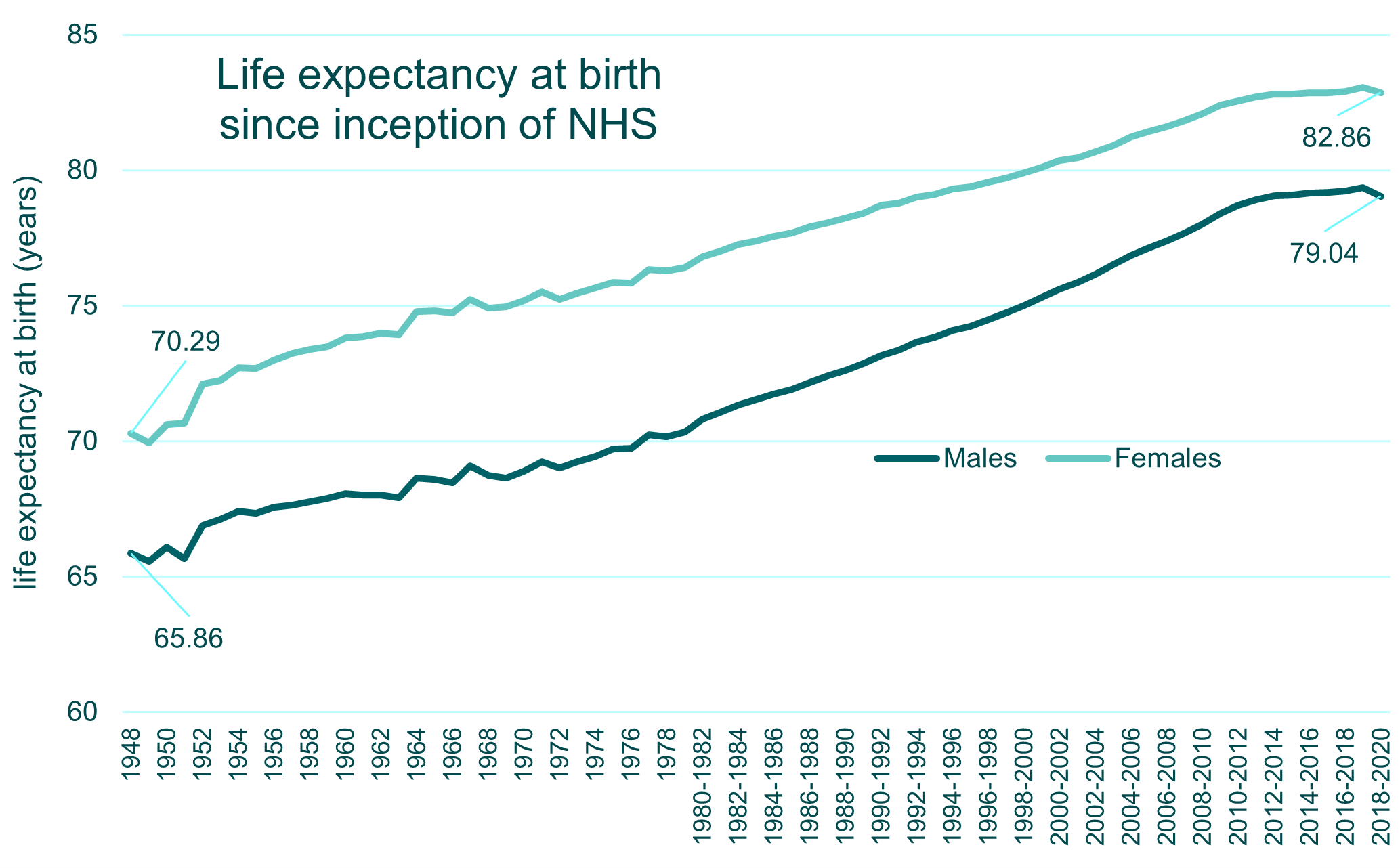Sign up to our newsletter Subscribe
Analysing Global Immunisation Expenditure

Sign up to our newsletter Subscribe


How can we identify efficiency variations across general practices and opportunities to improve their productivity if the measurement of output does not reflect the value produced?

We propose a new instrument to measure the valued output of primary care in England.
As widely reported in the media, general practice in the UK is at breaking point. Whilst this predates the pandemic, COVID-19 exacerbated the problem. With general practices under the burden of unsustainable workloads and a National Health Service (NHS) struggling with recruitment and retention of health professionals, maximising the ‘value for money’ obtained from limited health care resources and minimising ‘waste’ are objectives of paramount importance.
These goals are closely interlinked with the concepts of efficiency and productivity, topics familiar to economists. In this case, efficiency relates to the ability of primary care providers to convert inputs, such as clinical and administrative staff, into output – health.
Generating fresh insights on variations in efficiency across general practices may shed light on opportunities to improve primary care productivity to ease the system-wide pressure. However, the contribution of this research is currently limited by poor measurement of the output produced by primary care – health. To date, researchers have relied on proxies such as activity-based measures like the number of patient consultations.
This blog summarises a new proposal from OHE for improving the measurement of valued output in primary care in England. This is the culmination of the second work package in our Health Foundation funded Efficiency Research Programme grant, in which OHE is collaborating with the Nuffield Department of Primary Care Health Sciences at the University of Oxford and the University of Lancaster. We hope this will pave the way for new empirical research that will provide meaningful insight on making primary care more efficient, thus benefitting the healthcare system, healthcare providers and, most importantly, patients.
What do we mean by valued output? Do we have the right tools to measure it?
Measuring and valuing the output of an organisation is a well-known problem in the public sector, where there are no traded prices for the goods and services produced. This problem is made much worse when there are multiple types of outputs, and there is no obvious way to combine them into a single aggregate figure.
For efficiency research to be insightful, we argue that we must measure the valued output produced. In the case of health care, this will correspond to final outcomes like patients’ health, patients’ wellbeing, and patients’ or healthcare providers’ satisfaction.
However, a recent systematic review found significant limitations in the approaches used by the economic literature in measuring primary care efficiency. Output has often been defined through activity volumes (e.g., number of consultations), while very few studies have considered final outcomes. Further, the differentiation across different output dimensions (e.g., prevention, management of long-term conditions, diagnosis and referral) has been crude, failing to represent the diversity of services offered in primary care and the related impact on final outcomes.
These limitations make comparisons between general practices meaningless: the so-called “apples and oranges” problem.
Are performance frameworks the solution?
In the health service literature, there are numerous multidimensional frameworks to measure primary care performance through indicators of quality. While offering useful references for addressing the limitations of the economic literature, performance frameworks and their indicators are built for a different purpose than measuring output in efficiency analyses.
In fact, many of these frameworks are structured along the Donabedian’s model: “structure-process-outcomes”, stressing the sequential relationship between these three domains to achieve high quality. However, without a clear definition of value, it is unclear which domains may qualify as part of the output. In fact, the definition of value will vary according to the perspective of the efficiency analysis (e.g., health care decision maker, patients, healthcare providers).
A reconciling effort
OHE’s approach reconciles the economic and health service literature, developing a framework and indicators of valued output for primary care in England. To this end, we performed three steps that collectively addressed the questions: What should we measure as valued output, and how should we measure it?
For illustration, a selection of the framework’s dimensions and indicators are shown in the table below. In the case of smoking cessation support, the valued component of the output indicator measures the achievement of smoking cessation as an outcome. However, since the prevention of influenza depends on vaccination efficacy, the valued component of influenza immunisation is based on adherence to a clinical process. This distinction aims to strike an ideal balance between the proximity to valued output (i.e., impact on health) and amenability of outcomes to general practice effort.
|
Dimension |
Valued output indicator |
Rationale |
|
|---|---|---|---|
|
Physical output |
Valued component |
||
| Smoking cessation | Number of offers for smoking cessation support and treatment given in the observation window | which resulted in smoke cessation by the patient within the following 12 months. | It should be a goal of primary care to maximise the chances of people succeeding to quit smoking (1) The timeline for measuring the outcome are based on QOF 2021/22 guidance by recording smoking status every 12 months (2). |
| Influenza immunisations | Number of influenza immunisations performed in the observation period | which are given before the start of the flu season | Influenza vaccine should be given in sufficient time to ensure protection before influenza viruses start to circulate, so the ideal time for immunisation is between late September and the end of November (3). |
Notes: (1) National Institute for Health and Care Excellence (NICE). Clinical Knowledge Summary: Smoking Cessation. 2021 https://cks.nice.org.uk/topics/smoking-cessation/; (2) NHS England. Quality and Outcomes Framework guidance for 2021/22. 2021 https://www.england.nhs.uk/wp-content/uploads/2021/03/B0456-update-on-quality-outcomes-framework-changes-for-21-22-.pdf; (3) Public Health England (PHE). The national influenza immunisation programme 2021 to 2022. 2021. https://assets.publishing.service.gov.uk/government/uploads/system/uploads/attachment_data/file/1018779/Influenza_vaccination_information_document_for_healthcare_practitioners.pdf
Due to the holistic nature of primary care as a service providing long-term, continuing, and generalist support to patients, measuring primary care output comprehensively while capturing the impact on health is a known challenge. This work contributes to moving the needle on improving the measurement of primary care output more systematically and closely to the impact on health. It may help achieve a more meaningful measurement of efficiency and productivity, which better informs the healthcare decision maker’s pursuit of value for money. Future research in this space should explore the feasibility of a synthetic index aggregating the framework’s indicators and test the measurability of the indicators through available datasets.
A final version of the manuscript is currently under peer-review for journal publication. The article will be linked to this blog post when it is publicly available.
Related research
Neri, M., Cubi-Molla, P. & Cookson, G. Approaches to Measure Efficiency in Primary Care: A Systematic Literature Review. Appl Health Econ Health Policy (2021). https://doi.org/10.1007/s40258-021-00669-x
Cubi-Molla P, Buxton M, Devlin N. Allocating public spending efficiently: is there a need for a better mechanism to inform decisions in the UK and elsewhere? Applied Health Economics and Health Policy. 2021;19(5):635–44.
An error has occurred, please try again later.
This website uses cookies so that we can provide you with the best user experience possible. Cookie information is stored in your browser and performs functions such as recognising you when you return to our website and helping our team to understand which sections of the website you find most interesting and useful.
Strictly Necessary Cookie should be enabled at all times so that we can save your preferences for cookie settings.
If you disable this cookie, we will not be able to save your preferences. This means that every time you visit this website you will need to enable or disable cookies again.
This website uses Google Analytics to collect anonymous information such as the number of visitors to the site, and the most popular pages.
Keeping this cookie enabled helps us to improve our website.
Please enable Strictly Necessary Cookies first so that we can save your preferences!



